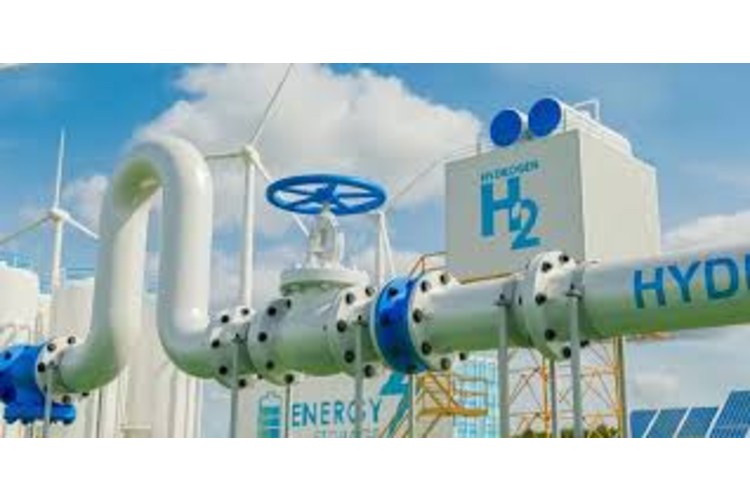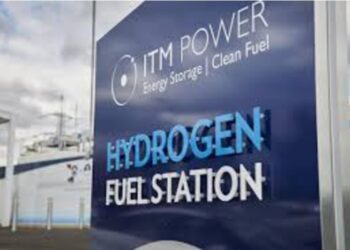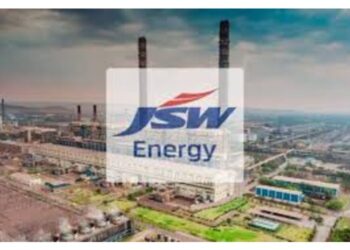The Ministry of New and Renewable Energy (MNRE) has released revised guidelines for setting up Hydrogen Valley Innovation Clusters (HVICs) and green hydrogen hubs in India under the National Green Hydrogen Mission (NGHM). These clusters are designed to act as test beds and living labs, supporting business innovation, linking hydrogen producers to off-takers, and building local hydrogen value chains. Four HVICs will be set up with an allocation of Rs 1.72 billion. Each HVIC must arrange for its own land, as no funding is provided for land acquisition. Hydrogen hubs, as larger ecosystems, will require a minimum planned capacity of 100,000 metric tonnes per annum of green hydrogen and will pool resources from central and state governments, local authorities, and industry stakeholders.
The scheme is structured into two components: Component A for HVICs, managed by the Department of Science and Technology (DST) through a nominated scheme implementing agency (SIA), and Component B for green hydrogen hubs, managed by MNRE. Component B is further split into B1, involving the preparation of detailed project reports with an allocation of Rs 280 million, and B2, which allows for recognition of potential hubs without financial support. Central financial assistance (CFA) for HVICs under Component A will be disbursed in three stages: 40 per cent on administrative approval, 40 per cent upon utilisation of 80 per cent of committed funding, and 20 per cent upon production of the first lot of green hydrogen. For detailed project report (DPR) preparation under Component B1, CFA will be released in three stages: 30 per cent on sanction, 40 per cent upon draft DPR submission, and 30 per cent on final acceptance. The funding covers both capital expenditure, such as site preparation and equipment procurement, and operational expenses, including manpower and plant engineering.
Mandatory activities under HVICs include production through methods like electrolysis and bio-routes, storage and transportation using compressed and pressurised systems, and utilisation in applications such as ammonia production and direct reduction of iron. HVICs will also focus on research, innovation, capacity building, and long-term sustainability by scaling production, reducing hydrogen costs, and establishing new partnerships. Selection of HVICs and green hydrogen hubs will follow merit-based evaluation, with monitoring handled by separate steering committees and project appraisal committees under the DST and MNRE, respectively. Intellectual property rights generated under the scheme will be governed by consortium agreements and specific guidelines issued by the DST and SIA.













